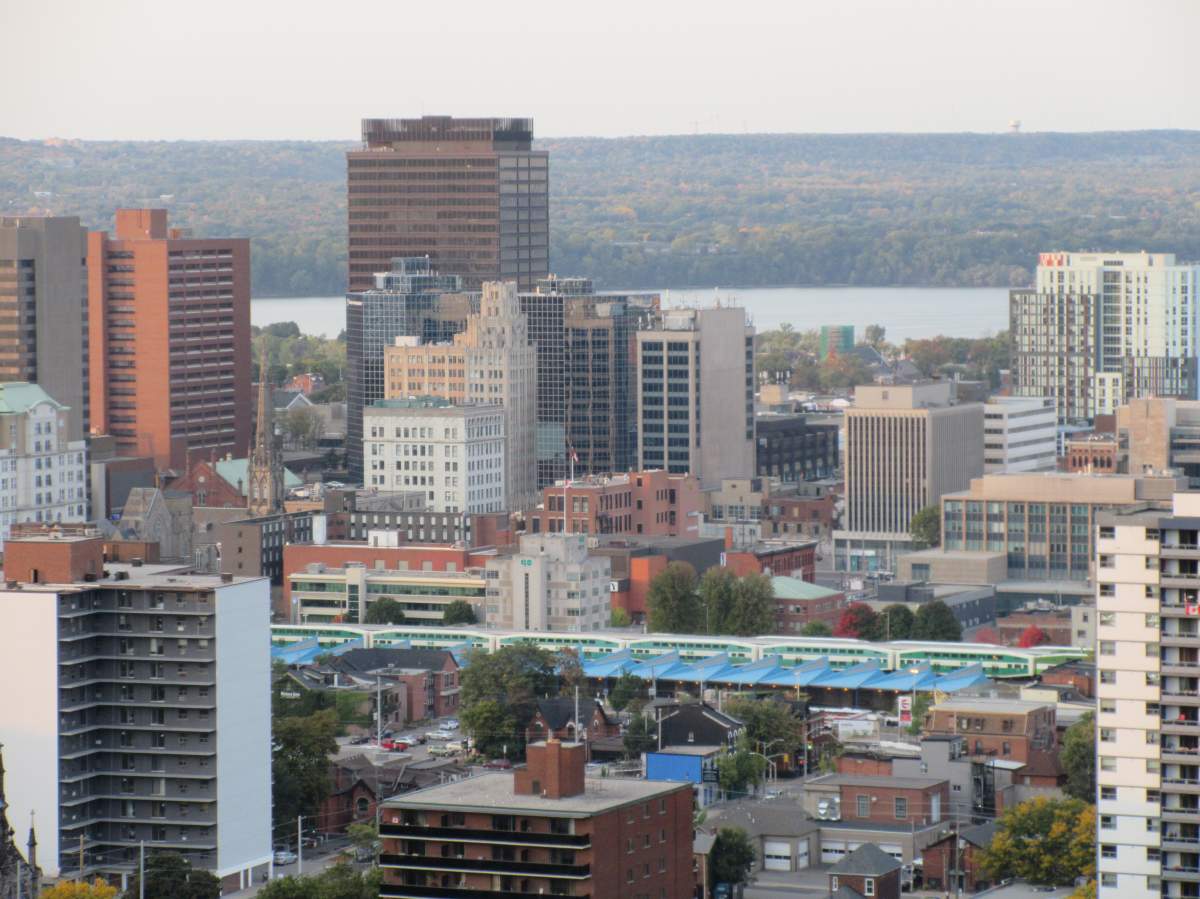As Hamilton, Ont., seeks to reach net zero emissions across the city in the next 25 years, adapting green building standards is turning out to be paramount considering environmental data suggests it’s the third largest source of greenhouse gas across the city.

A Hamilton politician taking on a role in the city’s climate action strategy believes buildings are something the average resident doesn’t typically associate with being an emissions offender.
However, Ward 12 Coun. Craig Cassar says they account for almost a quarter of greenhouse gases across the city and province due to many still relying on large amounts of oil and natural gas to power boilers, water heaters and furnaces.
“When we think about climate action, most people think … energy generation and industry moving from gas and coal to wind and solar or transportation going from diesel and gas moving to electric, ” said Cassar.

Get breaking National news
“But buildings are the third largest emitter of greenhouse gases, about 24 per cent of Ontario emissions.”
Last spring the city’s new Office of Climate Change Initiatives (OCCI) identified a green building policy as something the city will need to have to achieve energy-efficiency targets.
A Home Energy Retrofit Opportunity (HERO) residential pilot program is one initiative identified, offering low-interest loans to retrofit homes making them more efficient with power.
As helpful as that might be, Cassar says retrofits are expensive and that creation of standards for new residential, commercial or industrial structures should take priority.
“We are going to have to retrofit, but that will be much more expensive,” he explained.
“So it’s really important that anything we start building now is built to a standard because in the long run, it’s going to be much, much cheaper.”
The city is currently in a public consultation process it hopes will help refine technical elements and implement a standard for those submitting development applications in the future.
A virtual open house Thursday night is part of that process which also aims to inform the public about a green building standard project and identify the next steps.
Cassar says urgency in getting a policy is also being spurred on by the city’s commitment to the Ford government’s goal of building 1.5 million homes by 2031.
Hamilton is also seeking to accommodate some 6,100 Hamiltonians on a waitlist for affordable housing.
In keeping with the province’s target, permit approvals were hastened over the last few years putting shovels in the ground for some 4,000 new homes.
“We know we have to build a lot of homes, and anything we build in the coming years is going to be, you know, around for decades and decades, well beyond 2050,” Cassar admitted.
“When largely there’s a goal across the country … to be net zero, anything that we build now is going to have to contribute rather than inhibit that achievement.”
The city’s planning office hopes to have recommendations for councillors before the end of the summer.






Comments